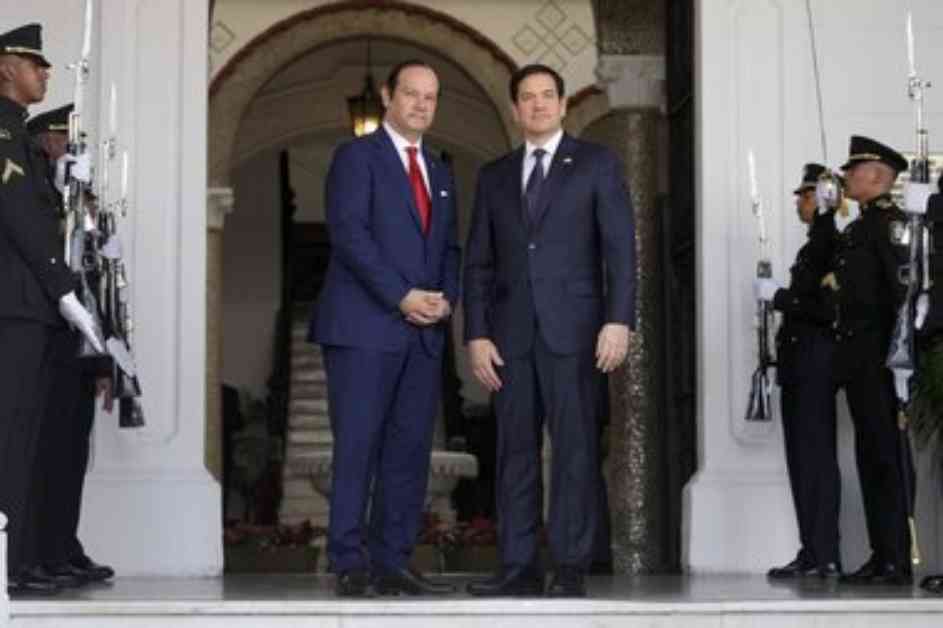U.S. Secretary of State Marco Rubio recently made headlines for his urgent plea to Panamanian President José Raúl Mulino regarding Chinese influence in the Panama Canal region. On his inaugural foreign trip as America’s top diplomat, Rubio met face-to-face with President Mulino, who has been under pressure from the new U.S. administration over Panama’s management of the crucial waterway.
Rubio, representing President Donald Trump, emphasized the need for immediate action to reduce China’s presence in the canal area. President Trump has expressed concerns that China’s involvement violates the treaty that transferred control of the canal to Panama in 1999, calling for the canal to be returned to U.S. hands. This call to action has sparked tensions and raised questions about the future of the strategic waterway.
Concerns and Controversy
During the meeting between Rubio and Mulino, the issue of China’s role in the canal’s port facilities was a focal point. While President Mulino assured that the canal’s neutrality and treaty validity were not under threat, concerns lingered over China’s influence. The consortium managing the canal’s ports has come under scrutiny, with President Mulino promising a detailed explanation to Secretary Rubio.
The tensions surrounding the Panama Canal have not gone unnoticed by the public. In a show of nationalistic pride, around 200 individuals marched in Panama City, expressing their opposition to foreign interference in their country’s affairs. The passionate display of patriotism underlines the deep-rooted sentiments surrounding the canal’s ownership and management.
The Path Forward
As discussions continue regarding the future of the Panama Canal, the possibility of a compromise remains on the table. Speculations about transferring the canal’s operations to a different entity have surfaced, with the Hong Kong-based Hutchison Ports company facing scrutiny. An ongoing audit into the company’s operations could pave the way for a reevaluation of the concession, potentially leading to a rebidding process.
While the fate of the Panama Canal hangs in the balance, Secretary Rubio’s visit to Panama serves as a reminder of the complex geopolitical dynamics at play. As the U.S. grapples with issues of migration, drug trafficking, and regional security, the canal emerges as a focal point for discussions on sovereignty and international relations.
As Secretary Rubio continues his diplomatic tour through Central American countries, the implications of his visit extend beyond bilateral relations. The freeze in U.S. foreign assistance adds another layer of complexity to the discussions, highlighting the interconnectedness of economic, political, and social factors in the region.
In conclusion, the tensions surrounding Chinese influence in the Panama Canal region underscore the delicate balance of power in the global arena. As Secretary Rubio navigates the complexities of international diplomacy, the future of the canal remains uncertain. The ongoing dialogue between the U.S. and Panama serves as a testament to the challenges and opportunities inherent in managing a critical artery of global trade.

